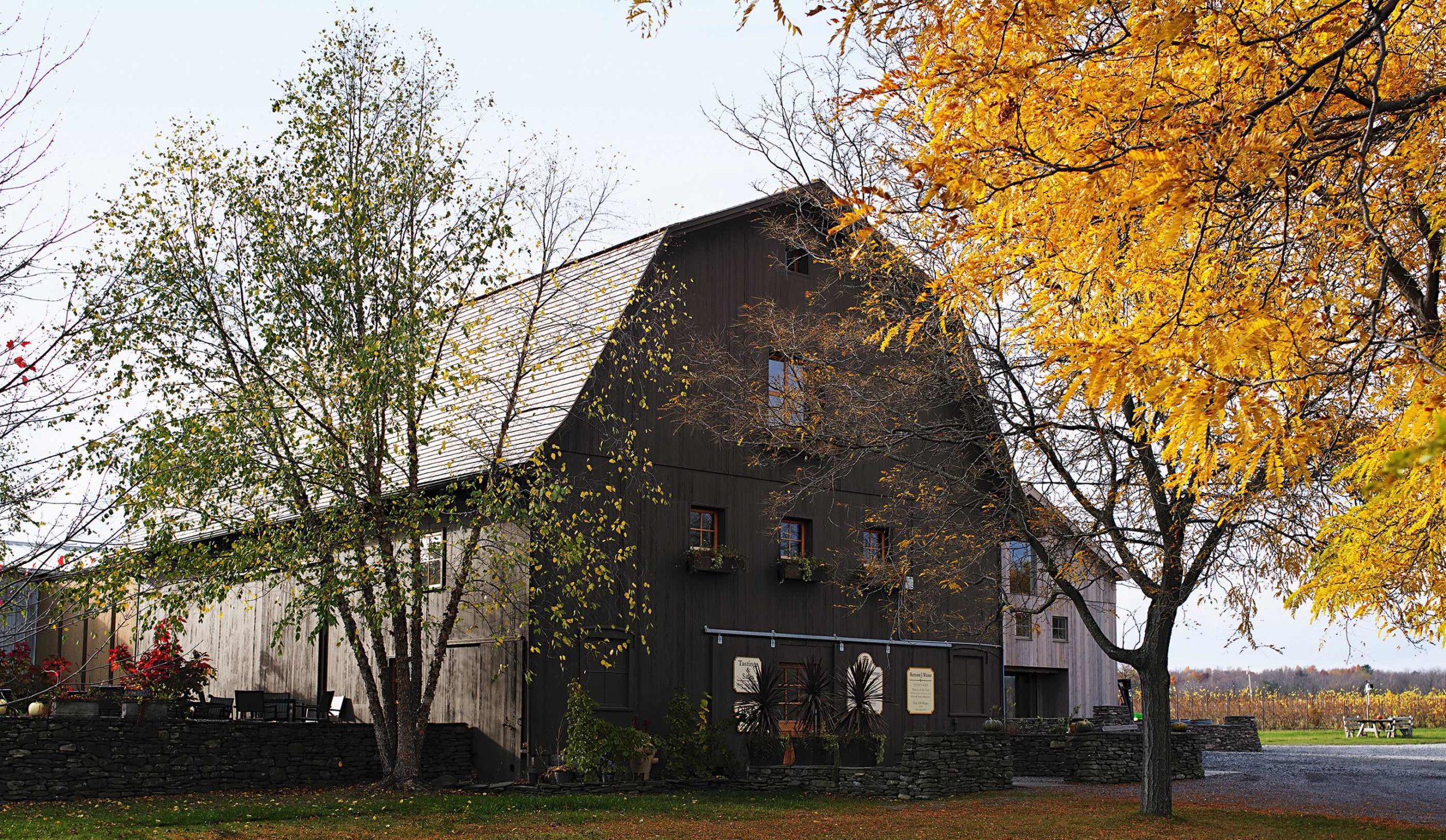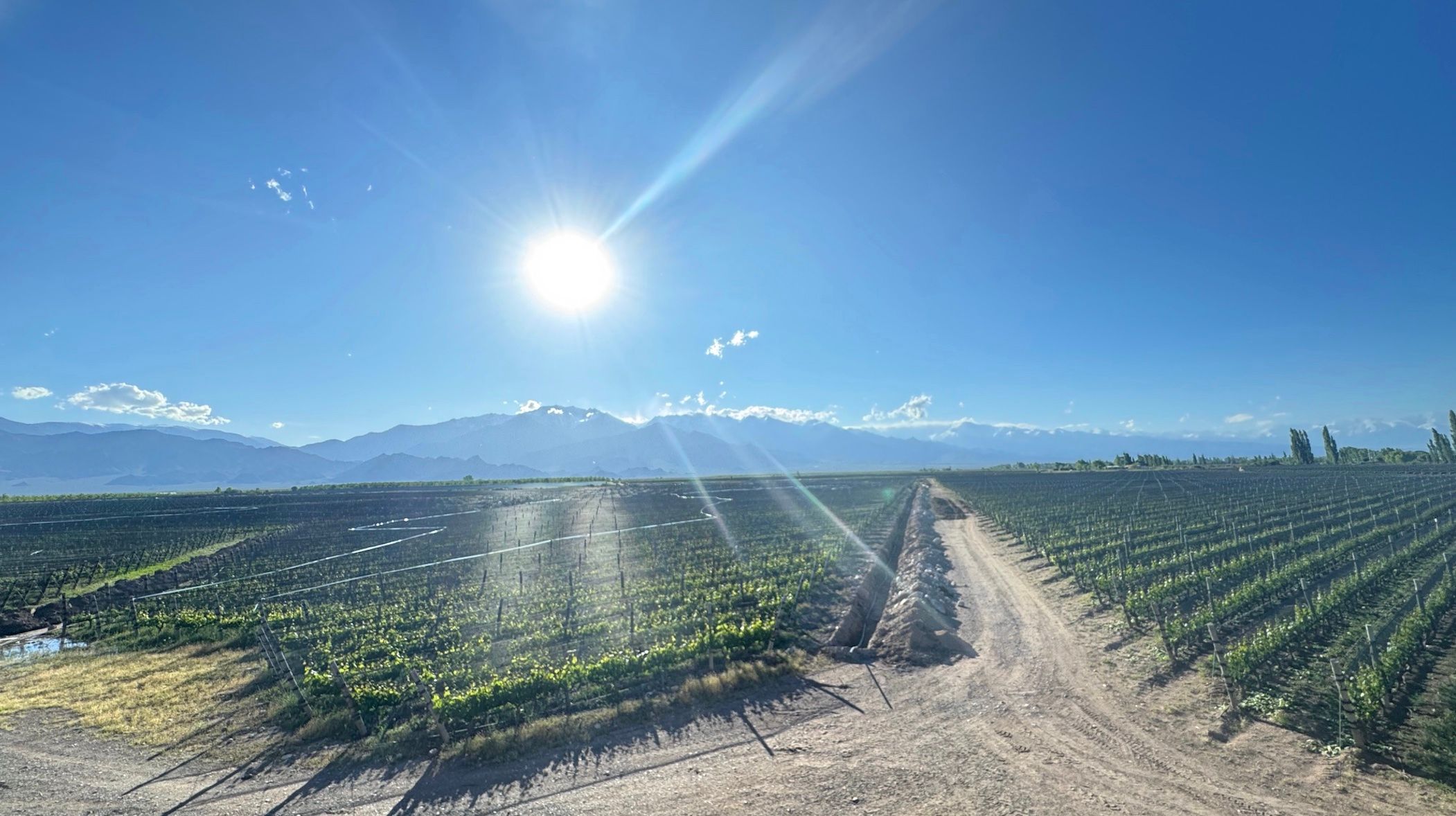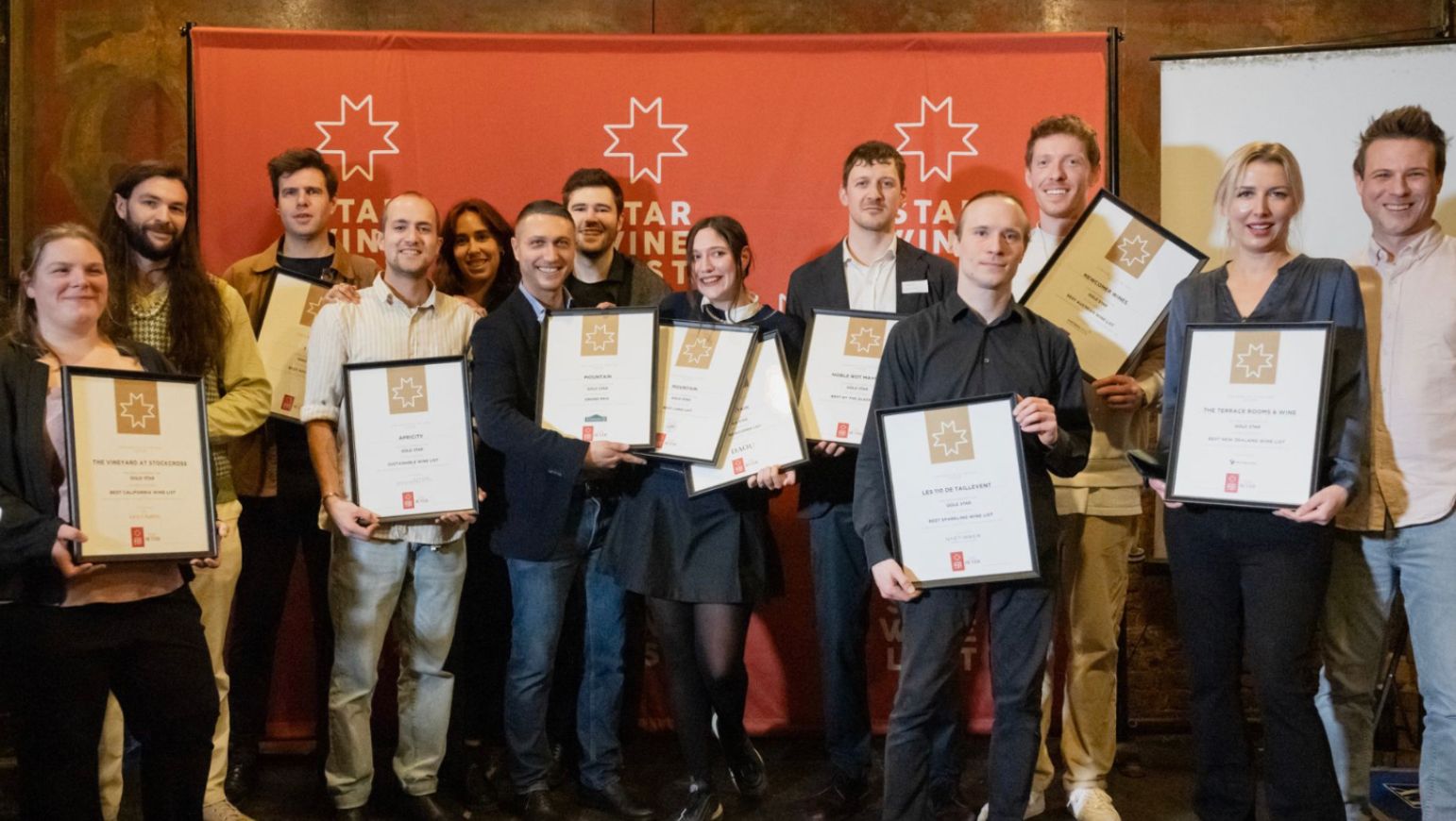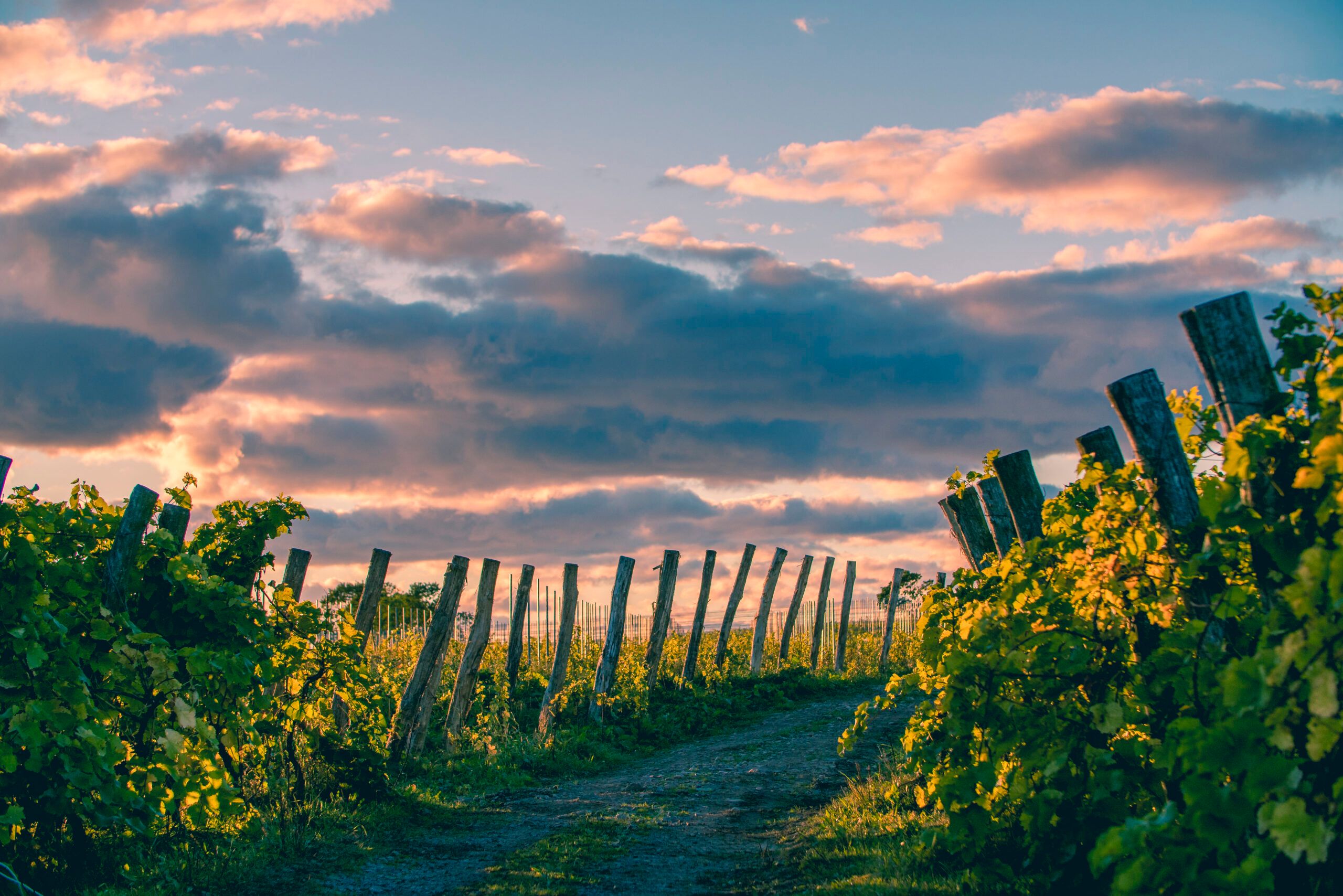The Hermann J Wiemer Vineyard has, for many, been the trend-setter for many of the wineries in New York State, and particularly the Finger Lakes since it was first established in 1979.
Tell us about the winery and the key points in its history?
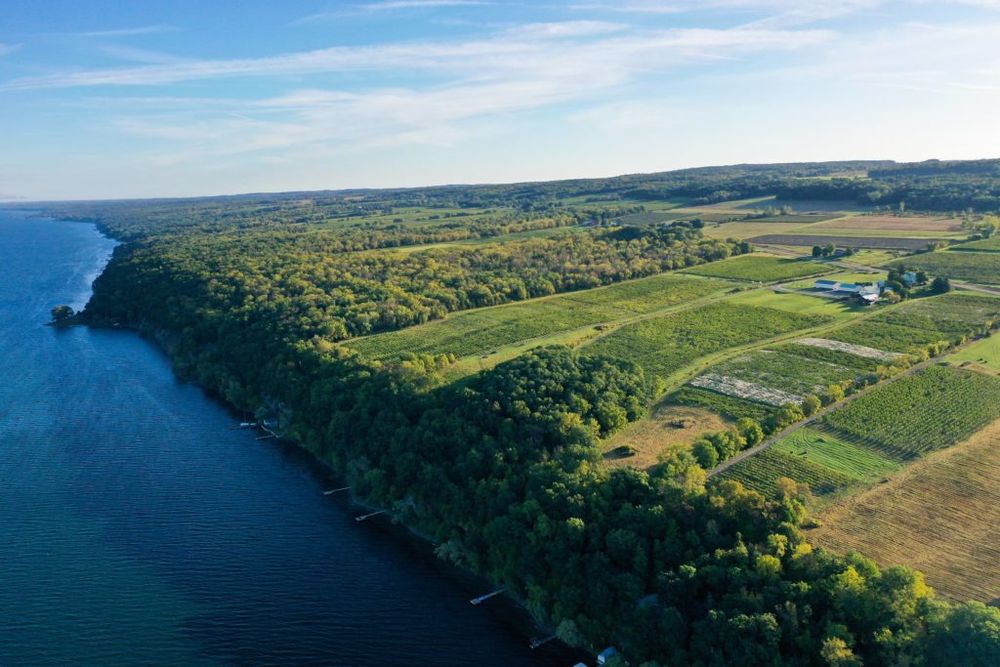
The influnec
The HJW Vineyard site was planted in 1976 at the same location as the winery and represents Hermann’s first planting of Riesling and Chardonnay. This vineyard is defined by its thin, gravelly topsoil, yielding low-vigour vines and expressively vibrant wines that capture minerality from the soil. The HJW vineyard is farmed under strict sustainable viticultural practices and is consistently some of the highest-quality fruit we harvest.
Hermann J. Wiemer has a storied history of vinifera in the region, specialising in Rieslings, Sparkling and Cabernet Franc. Standing Stone Vineyards embraces its heritage of vines planted for sparkling production in the 1960s, with experimental varietals like Saperavi.
What grapes do you grow and why?
We grow a variety of vitis-vinifera – Riesling, Cabernet Franc, Chardonnay, Gewürztraminer, Pinot Noir, Blaufrankish, Grüner Veltliner, Cabernet Sauvignon, Merlot, Petit Verdot and Saperavi.We grow these varietals because they are cold hardy and can stand up to our challenging cold climate and have enough time to ripen during our shorter growing seasons.We also have a grape vine nursery, where we graft vines for all over the United States, so we grow a number of varietals that are currently used for grafting purposes – Zweigelt, Furmint, Schioppetino etc.
What makes your particular region suitable for those grapes and what sort of styles of wine do they make?
Our region is quite unpredictable weather-wise, but our hallmark is that we have to focus on cold climate viticulture – we have extremes in the winter that can freeze and crack dormant vines, and as evidenced by the 24 degree night we had in the middle of May, we can expect to have significant challenges during bud break.We can have very long, beautiful autumns, where harvest can extend into late November, but we need to carefully choose varietals that will ripen in a shorter growing season.

The vineyards at Hermann J Wiemer are ideal for a number of European grape varieties
What is your approach to winemaking and has that changed at all in recent years?
For us, winemaking begins in the vineyard.We have always approached the health of our vineyards as the most vital component of winemaking. Hermann is often quoted as saying “we are going to drink these wines too”. Meaning first and foremost, that our farming practices better be up to our own standards. We not only feel a global responsibility to farm sustainably, but on a more personal level, this is where we work and live – and where our children live. A commitment to responsible farming is a commitment to the next generation.
Through the years this approach has led to a focused ecological engagement where we consider the larger needs of our surroundings as well as the specific needs of each vineyard, lot, and even individual vines. We adhere to farming methods that focus not solely on our vineyards but on the totality of our farm, promoting biodiversity in adjacent fields, forests, and meadows, while utilising cover crops, beneficials, and homeopathic teas and preparations. These practices encourage stronger, more resilient vineyards, and in turn better wines.
You are heavily involved in sustainable farming. Can you explain the steps you have taken?
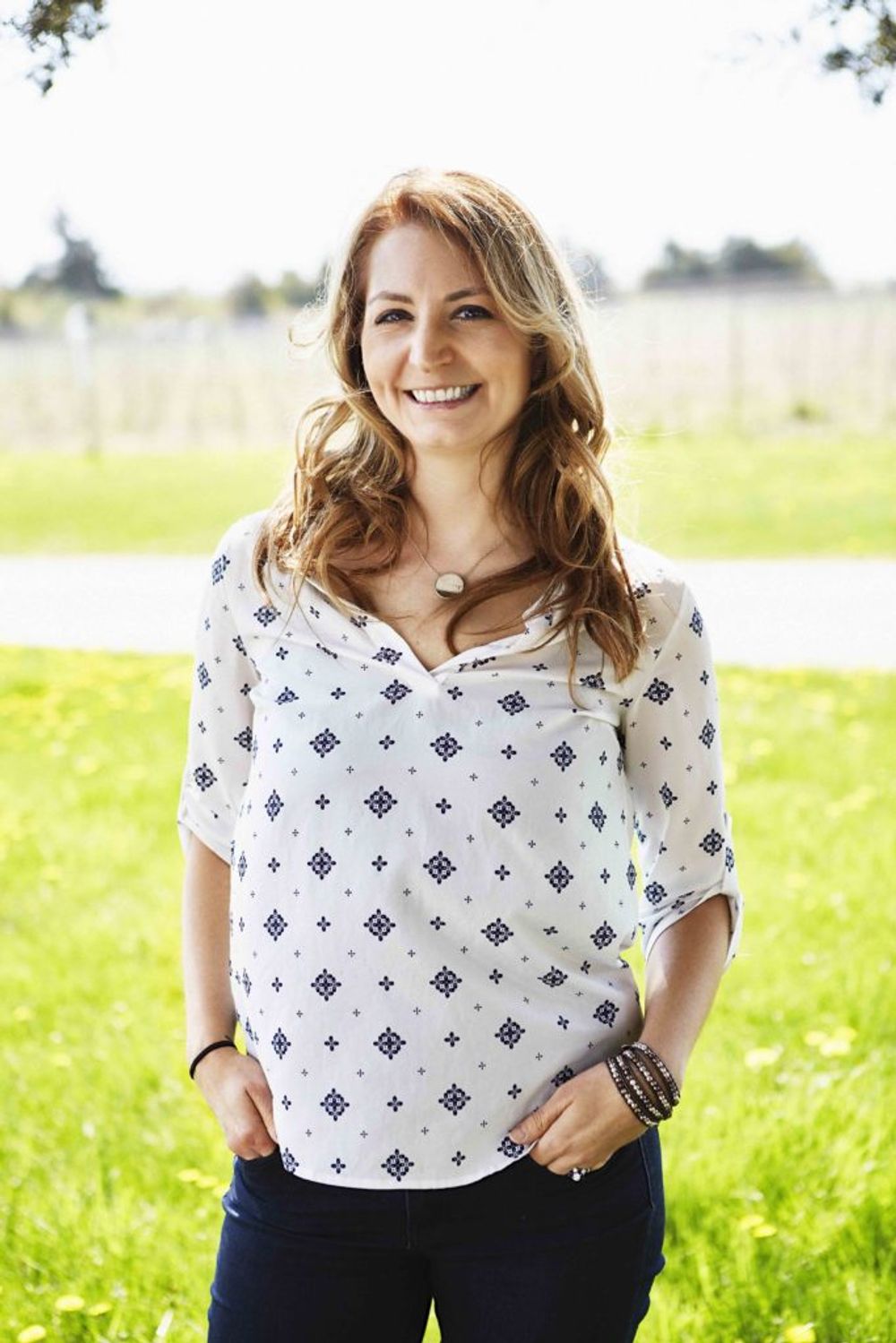
Jennifer Menges says the winery is rightfully proud of its sustainable farming practices
In 2003, we eliminated the use of all herbicides and synthetic inputs, and instead incorporate cover crops and organic fertilisers. Our next step in sustainable farming is our project with biodynamics. In the summer of 2014, Thijs Verschuuren, who had previously studied and worked in biodynamics in the Loire Valley of France, joined our team and a year later, spearheaded this farming project, committing 14 acres at our HJW property. This long term project will help us to understand both the effects and efficacy of biodynamic farming. We are currently working towards Demeter Certification for our HJW site, and will be releasing a site specific riesling, sourced from this block in the coming months.
This list of viticulture practices is partial, of course, and is constantly changing and adapting based on the obstacles that nature provides. However it does showcase a “zoom out” effect that we often consider here, beginning with an individual vine or bee, and zooming out to encompass the surrounding ecosystem and beyond. Another common theme that we refer to constantly is “health,” whether in reference to yeasts, soils, vines, or ecosystems, we work alongside nature to cultivate resilience in our vineyards. Our goal has been and will continue to be to expand these practices and create wines that reflect the intrinsic compatibility of vineyards and their surroundings.
What would you say are the big points of difference – the USPs of New York wine that buyers should know?
We make world class wines here in New York.Most people have never heard of us – can only picture wine being made in New York City – but the Finger Lakes region is breathtaking and so perfect for growing grapes.We’re farmers and we struggle with our climate. but we produce beautiful Rieslings, Cabernet Francs, Sparkling wines and more that can stand on any world stage.
What are the main markets for your wine, both domestic and export?
Domestically, our wines are very popular in New York City, Philadelphia, Chicago and Washington D.C., and we do a lot of DTC in Pennsylvania, Ohio, Florida and Masschusettes.Our primary exports are to Belgium, Sweden, Denmark, Japan and Hong Kong.
What percentage is for export and is that growing?
Export was growing up until the current global crisis.We’ve been very interested in the UK – and the Netherlands clamours for our Rieslings.
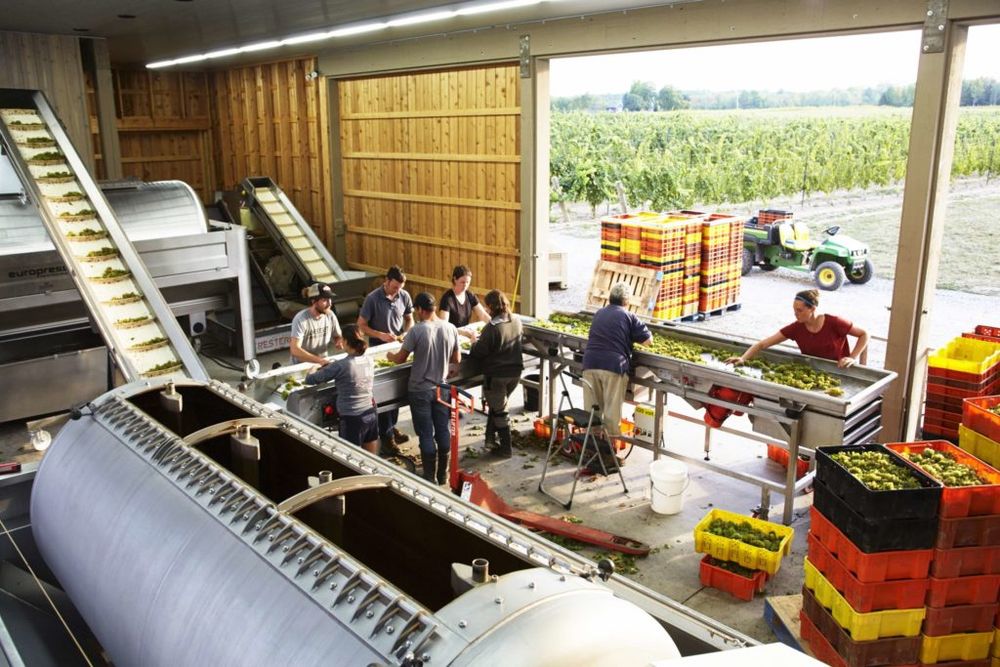
The winery has been able to introduce safe distancing and other measures during Covid-19
What are the types of wine in your portfolio that work best in export and why?
Our Riesling Dry is the wine we’re best known for, so we export that as a representation of who we are as a winery – from our very beginning to the current times.However, we’ve found our Gewürztraminer and sparkling wines are very well received, and with Standing Stone the Saperavi is of interest as a “surprise” wine.
What do you think of the UK market and why do you want to sell your wines there?
We’re still learning a lot about the UK market.The price points of export will always be a challenge, particularly with transportation, but for us, it’s about being on a world-stage – it’s exciting to say our Riesling Reserve Dry is in one of the best restaurants in Hong Kong – as equally exciting as it is for our Swedish co-owner to have our Riesling Dry represented in the market in Sweden.There still isn’t enough information out there in the world about New York wines – we’d like to help change that by making a mark and being in market.
Which channels of the UK market are you focused on – what price points are you looking to offer?
Price point needs to be something that works for us as well as our importer – where we have found the most luck is with smaller, more boutique companies that are very interested in placing our wines on the right restaurant list or in the boutique wine shop where our story can be told.We recognise our pricing makes our wines a little challenging to just sit on a shelf next to European producers – where we have seen success is in those places where sommeliers or passionate oenophiles know about the wines and can recommend them.
How is the Covid-19 outbreak affecting the winery and your business?
We’ve been closed since March 16 – it’s been very strange.We were just starting to ramp up for our busy season of tourist visits to the region – something that goes from April to November.Tasting Rooms had to shut their doors, and we had to get creative!With two months now to look back on, it’s clear that we have been stretched in coming up with bright new ideas to keep our customers engaged with us – the outpouring of support and concern has been heartwarming.
We’ve taken risks we may not have before – we’d never considered going Live on Instagram or Facebook before – but here we are, doing it!We’re very education focused during our tastings at the vineyard – so we had to find a way to translate that into something people could do at home – and through various packages that we could ship direct to our customers, we feel we’ve at least been able to stay true to ourselves.
But vineyard work still continues – with over 150 acres of vines, we were able to keep our vineyard crews quite busy – farming and tending vines is a naturally socially-distant activity, so we have pruned and tied and hilled down and prepared our vineyards for budbreak and the growing season ahead, all the while our grape vine nursery steamed ahead with grafting for 2021.
What other steps have you put in place?
We’re becoming creative with our direct to consumer offerings and engaging more on social media than we have in the past, primarily with Live events that are educationally focused.We’re continuing to educate our staff via Zoom calls and wine drop offs so they can stay up to date and informed on our new vintages as we hope to reopen in a few weeks’ time.We’re also imagining what a re-opened tasting room might look like, and what our export might look like as the world copes with this pandemic.
